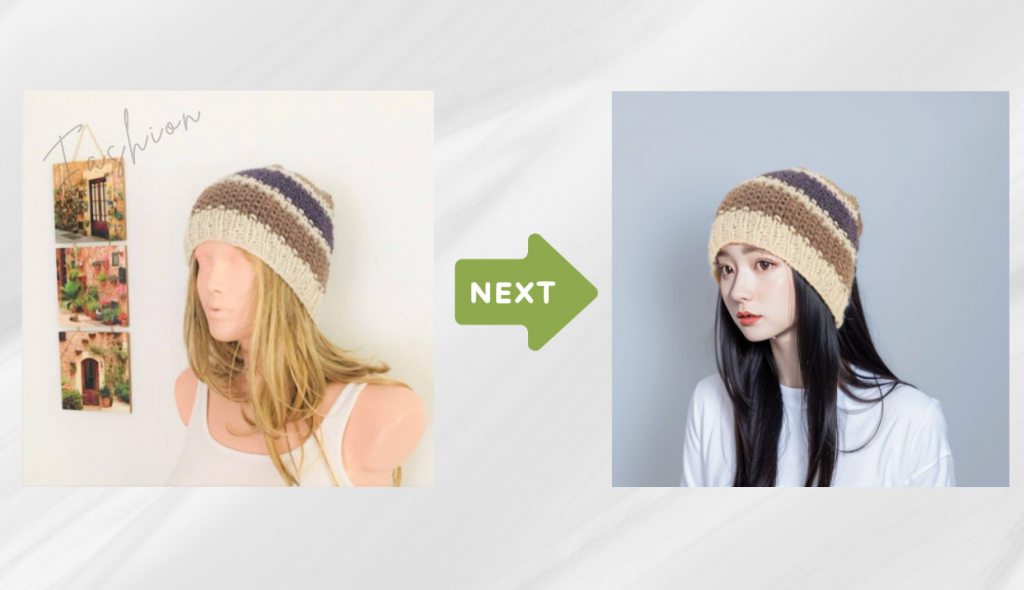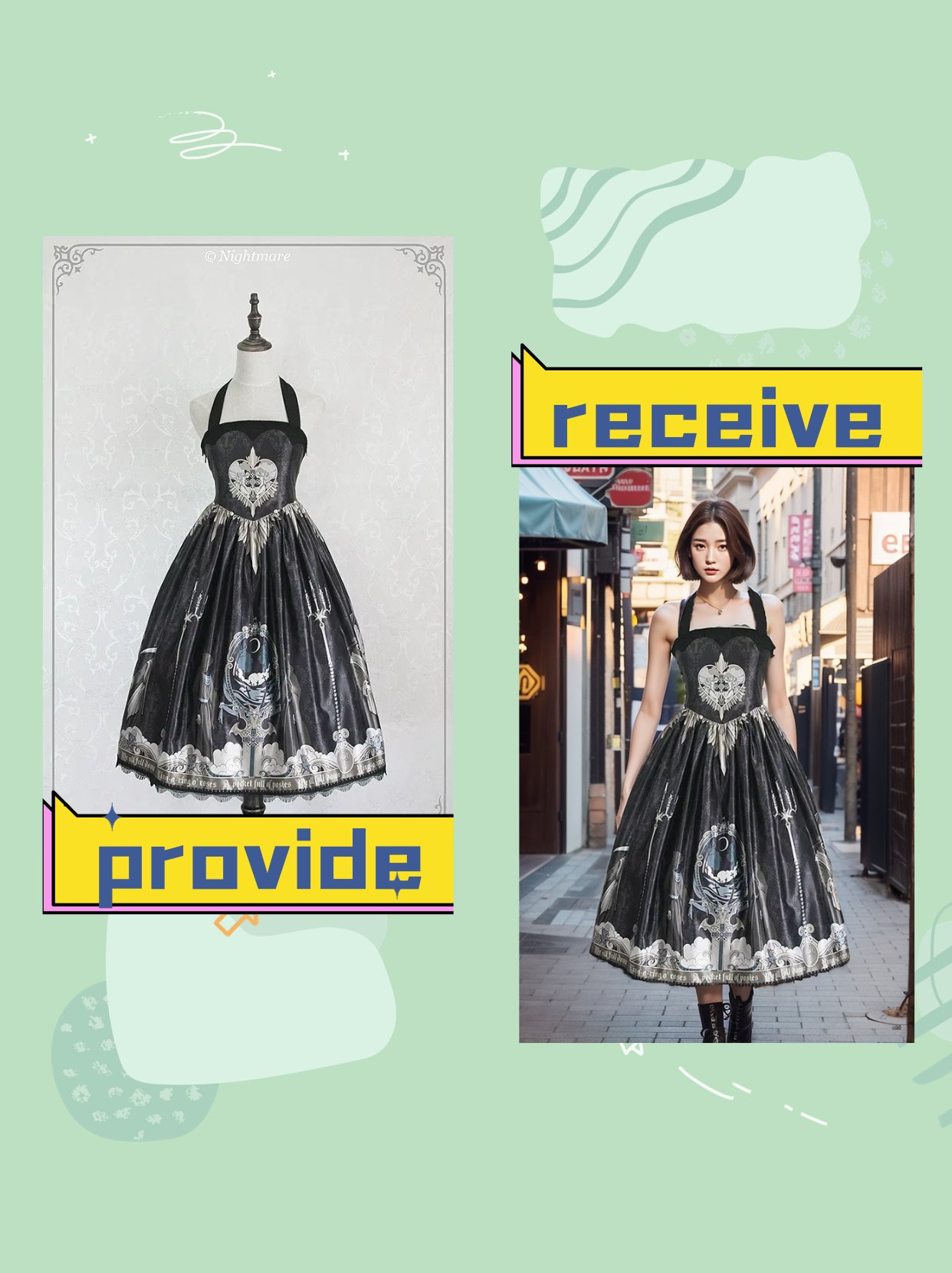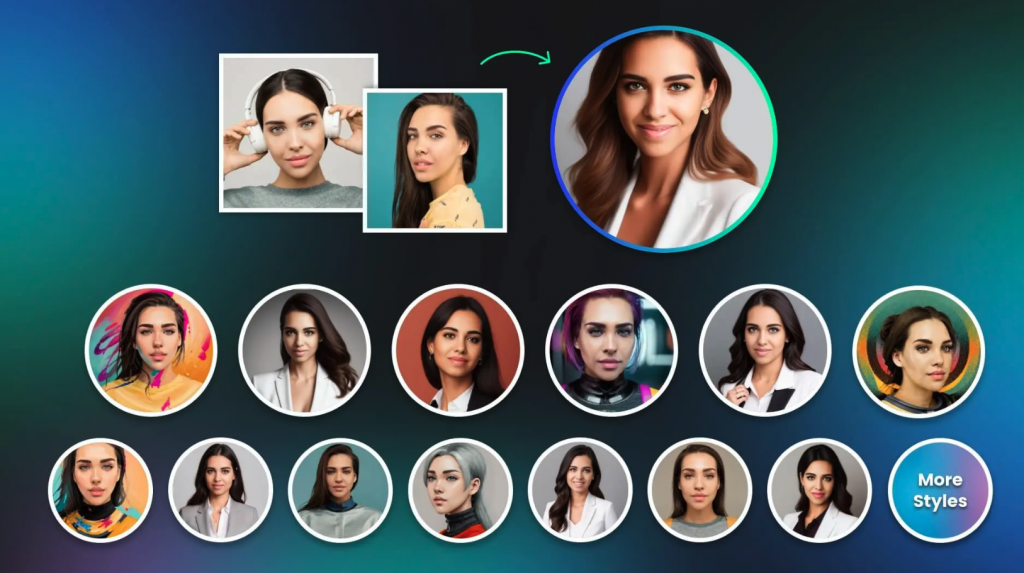AI Virtual Fashion Model: New Trend Fashion Industry
The fashion industry is one of the most dynamic and creative sectors in the world, constantly evolving and adapting to the changing tastes and preferences of consumers. However, it is also one of the most competitive and challenging sectors, requiring high levels of investment, innovation, and marketing. One of the emerging trends in the fashion industry is the use of AI virtual fashion models, which are computer-generated images of human-like figures that can showcase various clothing and accessories.

AI virtual fashion models are created by using advanced technologies such as computer vision, machine learning, and generative adversarial networks (GANs), which can produce realistic and diverse images of human faces and bodies. These models can be customized according to the desired features, such as age, gender, ethnicity, skin tone, hair style, facial expression, pose, and background. They can also be animated and interact with the environment, creating a more engaging and immersive experience for the viewers.

The advantages of using AI virtual fashion models are manifold. First of all, they can reduce the costs and time involved in hiring, training, and managing real models, as well as renting studio space, equipment, and props. Secondly, they can increase the diversity and inclusivity of the fashion industry, by representing different types of beauty and body shapes that may not be easily found or accepted in the traditional modeling industry. Thirdly, they can enhance the creativity and innovation of the fashion designers, by allowing them to experiment with different styles, colors, patterns, and fabrics without any limitations. Fourthly, they can improve the customer satisfaction and loyalty, by enabling them to see how the products look on different models that match their preferences and expectations.

However, there are also some challenges and risks associated with using AI virtual fashion models. One of them is the ethical issue of creating and using artificial images of human beings without their consent or awareness. Another one is the legal issue of protecting the intellectual property rights and ownership of the AI-generated images. A third one is the social issue of affecting the self-esteem and identity of the real models and consumers who may feel inferior or inadequate compared to the flawless and idealized AI models.

In conclusion, AI virtual fashion models are a new trend in the fashion industry that have both positive and negative impacts. They can offer many benefits for the fashion industry stakeholders, such as cost reduction, diversity enhancement, creativity stimulation, and customer satisfaction. However, they can also pose some challenges and risks for the society at large, such as ethical dilemma, legal ambiguity, and social influence. Therefore, it is important to balance the pros and cons of using AI virtual fashion models, and to establish some guidelines and regulations to ensure their responsible and ethical use.
AI Virtual Fashion Model FAQS
Q: What is AI Virtual Fashion Model?
A: AI Virtual Fashion Model is a technology that uses artificial intelligence (AI) to create realistic and diverse digital models that can showcase clothing and accessories on e-commerce platforms. These models are also known as virtual models or digital avatars.
Q: How does AI Virtual Fashion Model work?
A: AI Virtual Fashion Model works by analyzing human characteristics such as body shape, size, skin color, hair style, facial features, and poses, and generating a lifelike virtual replica that can wear any garment. The technology can also simulate the effects of draping, folding, clinging, stretching, and wrinkling on the fabric.
Q: What are the benefits of using AI Virtual Fashion Model?
A: AI Virtual Fashion Model has many benefits for both e-commerce retailers and consumers. Some of the benefits are:
- It reduces the cost and time of traditional photoshoots, which require hiring models, photographers, stylists, and other professionals.
- It increases the diversity and inclusivity of the models, which can appeal to different audiences and enhance customer satisfaction.
- It improves the quality and accuracy of the product images, which can help customers visualize how the clothes would look on them and reduce returns.
- It supports social and environmental sustainability by reducing the waste and carbon footprint of the fashion industry.
